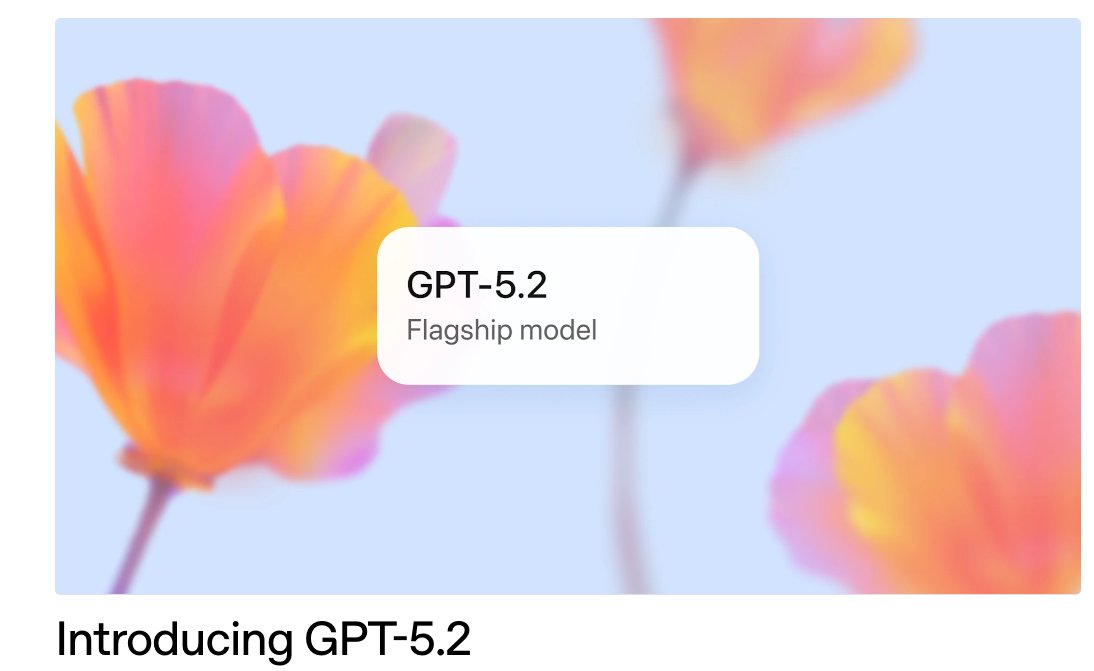Content
LATERAL JOIN in PostgreSQL — Examples & 2025 Guide
LATERAL JOIN in PostgreSQL — Examples & 2025 Guide
Understanding how to use the LATERAL JOIN in PostgreSQL unlocks advanced SQL possibilities, from correlated subqueries to dynamic relationship mapping. Yet, LATERAL syntax can look intimidating and cause confusion even for experienced users. That's where AI2sql platform comes in: it turns plain-English requests into perfect SQL, making complex joins as easy as asking a question.
LATERAL JOIN matters because it enables each row from one table to inform a subquery on the fly, supporting scenarios like top-N per group, JSON manipulation, and row-wise calculations. If you work with PostgreSQL and need flexible, relational data transformations, LATERAL is an essential tool.
What is a LATERAL JOIN in PostgreSQL?
A LATERAL JOIN allows a subquery in the FROM clause to reference columns from tables already defined to its left. This enables row-wise, dependent computations that standard joins can't achieve. Think of it as “for each row in table A, run this subquery using its values.”
Why Use LATERAL JOIN?
Correlated subqueries: Make subqueries depend on outer rows.
Top-N per group selection: Find the highest N records related to each parent.
Flattening arrays or JSON: Unroll complex data per row.
Advanced reporting & analytics: Calculate stats and aggregations persistently.
Real-World Examples of PostgreSQL LATERAL JOIN
Example 1: Top-1 Order Per Customer
Example 2: Expanding Arrays With LATERAL
(In true LATERAL syntax:)
Example 3: Row-wise Aggregation
Generate SQL for LATERAL JOIN in PostgreSQL instantly with AI2sql — no technical expertise required.
Mini Benchmark: Plain SQL vs. AI2sql for LATERAL JOIN
Task | Manual SQL | With AI2sql |
|---|---|---|
Time to Write Complex Query | 15+ min | < 1 min |
Domain Expertise Needed | Intermediate–Advanced | None (“top order per user” in English) |
Error Risk | Medium–High | Low |
Scalability | Manual exercise | Unlimited |
Try It Yourself
LATERAL JOIN PostgreSQL Tutorial
LATERAL JOIN PostgreSQL Examples
Conclusion
LATERAL JOIN in PostgreSQL is a transformational feature for advanced SQL development, unlocking row-by-row computation and flexible subqueries. Yet, writing these queries by hand can stall productivity and introduce subtle mistakes. AI2sql erases this barrier: in plain English, get SQL code that handles LATERAL, subqueries, and all PostgreSQL intricacies — no coding needed, instant results, and enterprise-ready. Trusted by 50,000+ developers and data teams. Want to supercharge your next project? Try AI2sql for free and see how fast and easy SQL can be.
Share this
More Articles

TOOLS
GPT 5.2 Has Arrived
Dec 12, 2025

TOOLS
Gemini 3 Pro: Google's 'Most Intelligent' AI Shatters Benchmarks.
Nov 19, 2025

TOOLS
Herramientas de Análisis de Datos: Guía Esencial
Nov 7, 2025

TOOLS
IA para Análisis de Datos: Potencia Empresarial
Nov 7, 2025

TOOLS
Top 5 User-Friendly Self-Service Data Platforms
Nov 6, 2025
